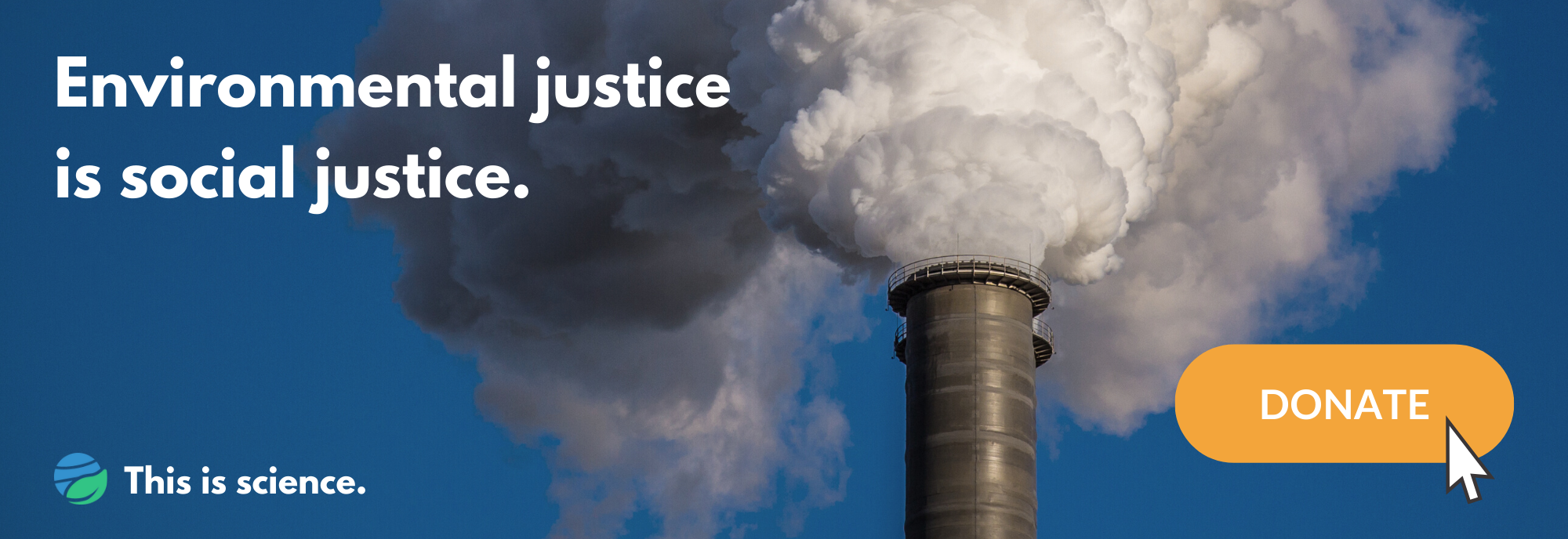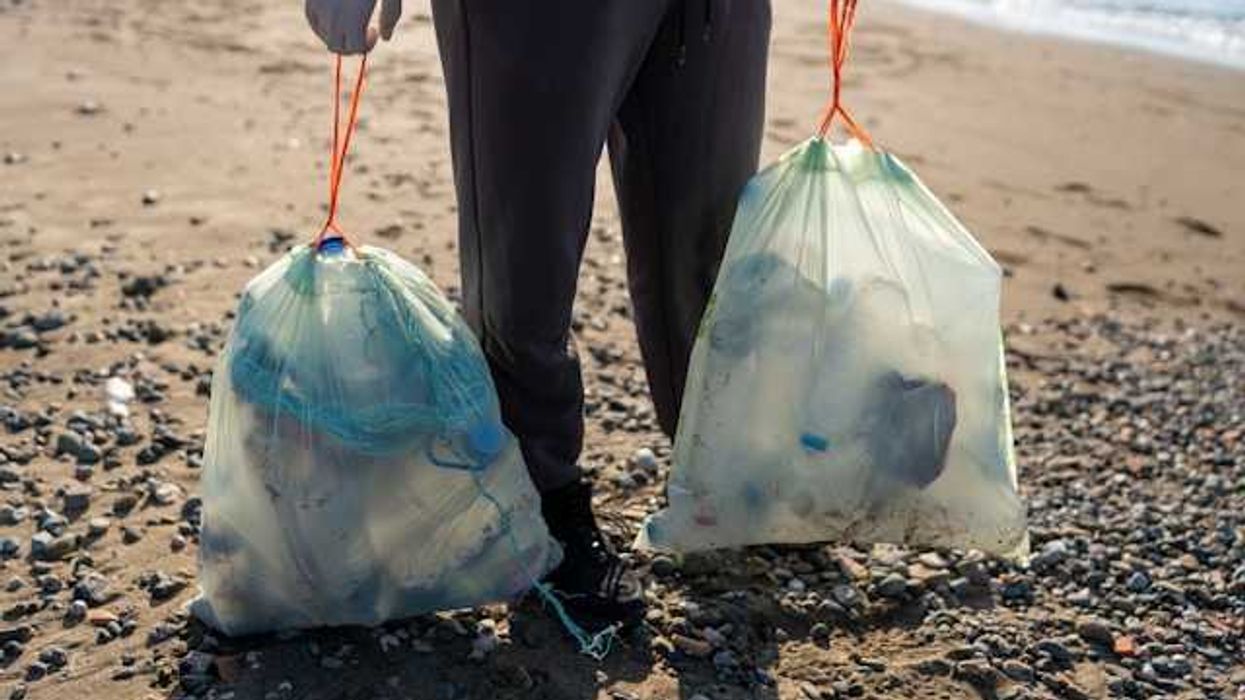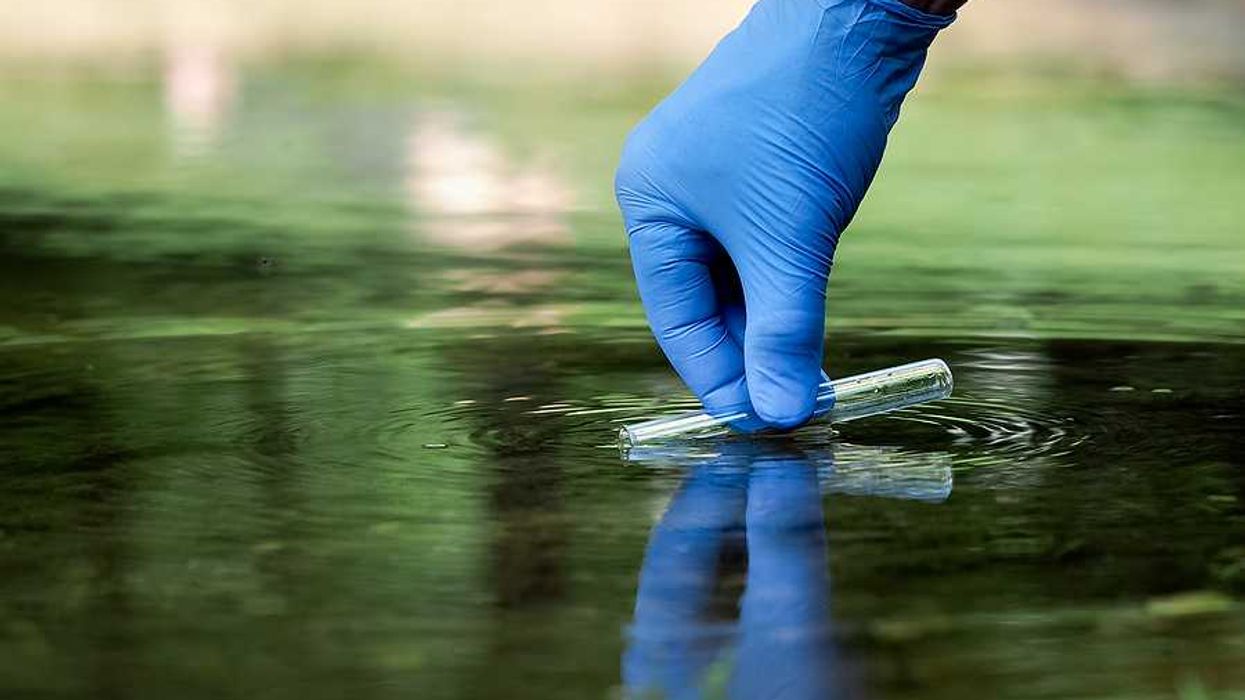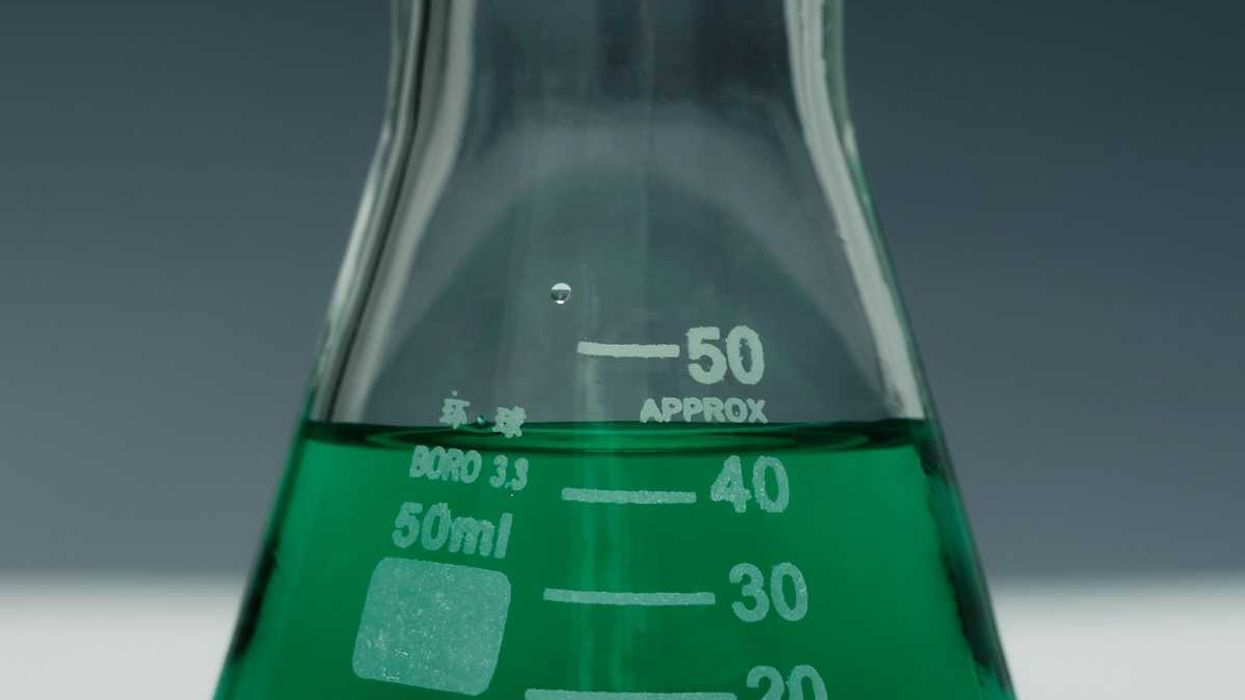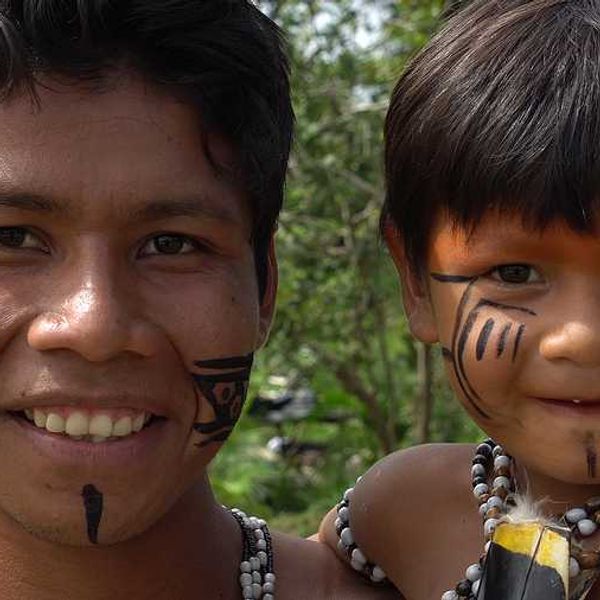PFAS are finding their way into “green” and “nontoxic” products, especially waterproof products marketed toward children and adolescents, according to new research.
The new study, published today in Environmental Science & Technology, shows that some children’s products with “green” or “nontoxic” labeling contain PFAS, which stands for per- and poly-fluoroalkyl substances—a group of toxic chemicals used in many consumer and industrial products. Exposure to these chemicals has been linked to health problems such as certain types of cancer, reproductive issues, and birth defects. The findings, the researchers said, point to the need for better understanding of how PFAS make their way into products, and more regulation to protect consumers.
The researchers tested 93 items marketed to or often used by children and adolescents, including clothing, face masks, mattress protectors, rugs, sheets, and upholstery. They detected fluorine, a PFAS indicator, in 54 of the 93 products. The 54 products shown to contain fluorine were then tested for specific PFAS chemicals.
Related: What are PFAS?
“I was surprised to see how frequently PFAS showed up in a wide range of different consumer products,” Laurel Schaider, an author on the study and the lead PFAS researcher at the Silent Spring Institute, an independent, nonprofit research organization, told EHN.
The paper aimed to illustrate PFAS trends among products marketed as water- or stain-resistant, as well as those with and without “green” labeling or green certifications—third-party assurances that convey to the consumer that the product satisfies certain criteria for chemical safety. At least one item in every product category contained fluorine, while water- and stain-resistant products were most frequently found to contain evidence of PFAS.
The research comes amidst an ongoing collaboration between EHN and wellness community Mamavation that has uncovered evidence of PFAS in clothes, food, and makeup—including in many so-called “green” and “organic” brands.PFAS and “green” assurances

PFAS have been linked to delayed brain development and immune systems problems in children. (Credit: krakenimages/Unsplash)
Waterproof or stain-resistant products labeled with “green” language, such as “nontoxic” or “eco-friendly,” as well as products with green certifications, were found to have similar concentrations of fluorine, a PFAS indicator, to waterproof or stain-resistant products without “green” labeling. Some waterproof products with the green certifications Greenguard Gold and Oeko-Tex Standard 100, two certifications designed to reduce chemical risks to human health, were shown to contain evidence of PFAS.
“PFAS are a large class of substances and not all of them are currently regulated in the framework” of Oeko-Tex Standard 100, Dominik Kinschel, a product manager for Oeko-Tex, said in a statement to EHN. “Therefore, it is possible that a PFAS substance which is not regulated within [Oeko-Tex Standard 100] can be found on a [Oeko-Tex Standard 100] certified article.”
Additionally, he said, Oeko-Tex has the goal to phase out all PFAS chemicals for apparel textiles over the next few years.
Shaider said that while some products that contained the PFAS indicator were labeled “green” and “nontoxic,” green certification can still be a useful tool. Such certifications are often focused on keeping out other harmful chemicals, like pesticides, but not focused on PFAS specifically.
“Certifiers are becoming more aware of concerns about PFAS chemicals,” Schaider said. “[Certifications] are useful for helping consumers avoid certain types of products. But, as of now, they're not as helpful for helping consumers avoid PFAS in textile items.”
Schaider posited that most of the fluorine showing up in these items is added intentionally, though, she said, it is possible that the contamination is unintentional via manufacturing equipment.
PFAS in children’s products are particularly worrisome because, as a type of endocrine-disrupting chemical—meaning it disrupts or mimics proper functioning of hormones—PFAS have a profound impact on still-developing bodies, said Schaider. PFAS have been linked to delayed brain development and immune systems problems in children.
An array of PFAS in products
Most surprising to Schaider was the presence of long-chain PFAS in some of the products tested. Long-chain PFAS are an older version of PFAS chemicals that stay in the human body longer than newer, “short-chain” PFAS chemicals. Manufacturing of long-chain PFAS, like PFOA (perfluorooctanoic acid), for example, has been phased out in the U.S.
However, multiple products tested by the researchers, some of which were labeled with “green” language, contained PFOA. Schaider thinks the PFOA in these products is likely from international sources, such as China, where PFOA manufacturing is still widespread.
Some products tested also contained PFAS precursors—chemicals that break down or are converted into PFAS once they degrade in the environment or enter the human body. The amount of PFAS precursors found in the products was often higher than the amount of named PFAS chemicals detected.
Many PFAS precursors are volatile, meaning they can enter the air more easily than PFAS themselves. These volatile chemicals are more likely to end up in household dust and expose consumers through dust inhalation.
What consumers can do
Consumers looking to avoid PFAS in children’s products can steer clear of water- and stain-resistant products, said Schaider. “Look for items that might be achieving that with a different type of barrier, like a more physical barrier, rather than relying on a coating,” she said.
The Silent Spring Institute has developed a smartphone app, called Detox Me, to help consumers make choices that impact their chemical exposure.
However, Schaider said, the research supports the need for comprehensive PFAS legislation in the U.S. “It shouldn't come down to individual consumers to have to think about toxic chemicals when they're purchasing items for their home.”
Banner photo credit: Ben Wicks/Unsplash
- Investigation: PFAS on our shelves and in our bodies - EHN ›
- What are PFAS? ›
- PFAS and phthalate chemical exposure early in life may hamper ... ›
- Prenatal exposure to toxics risks delay of child's brain development ... ›
- Are we getting dumber? - EHN ›
- LISTEN: Max Aung on hidden toxic threats - EHN ›
- What are PFAS? - EHN ›
- Not only are PFAS toxic — they’re bad at their job when applied to furniture - EHN ›
- Are you putting PFAS on your eyeballs? - EHN ›
- Opinion: Why PFAS have no place in everyday products, including paint - EHN ›
- Back-to-school: Avoid PFAS in your kids’ backpack - EHN ›


